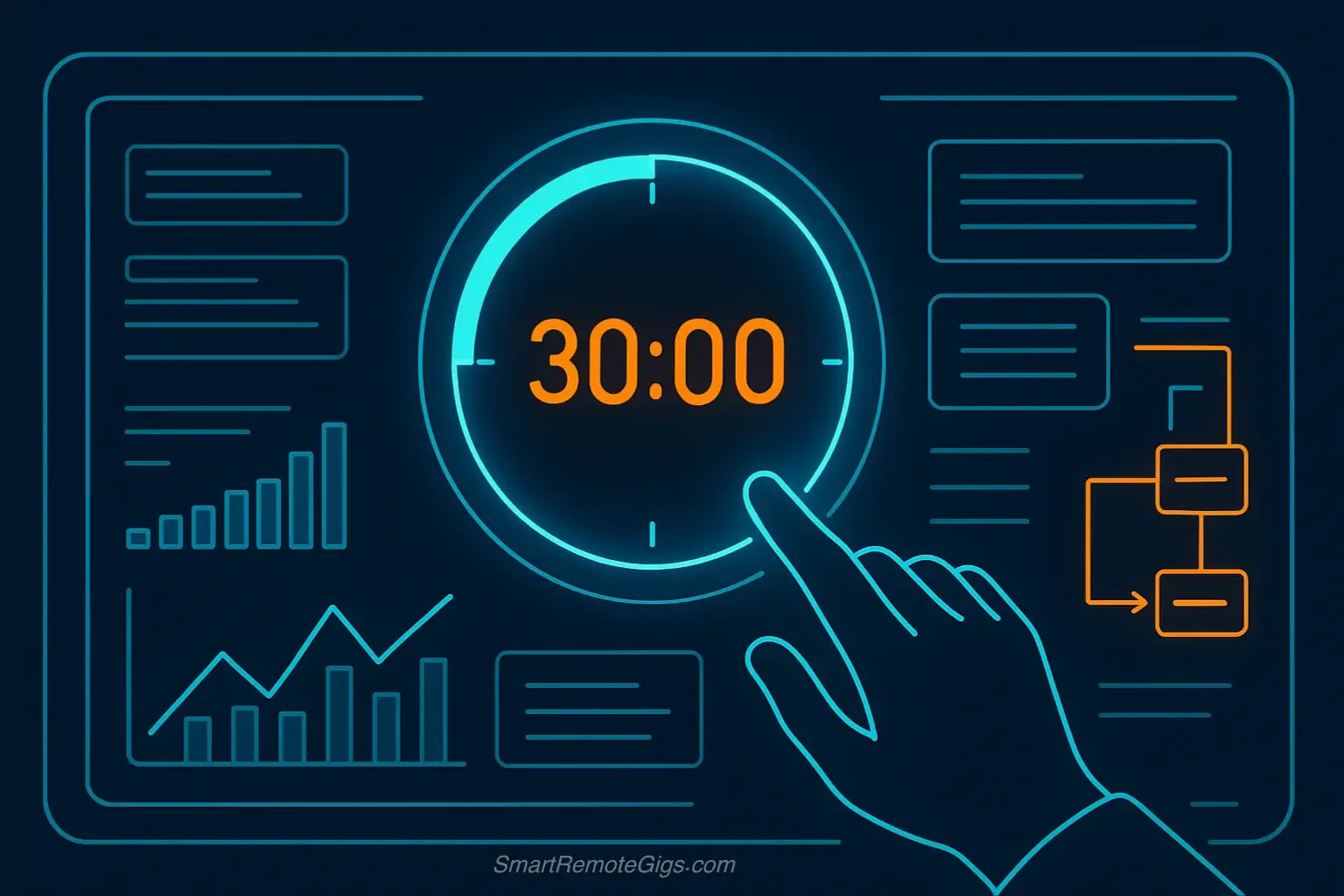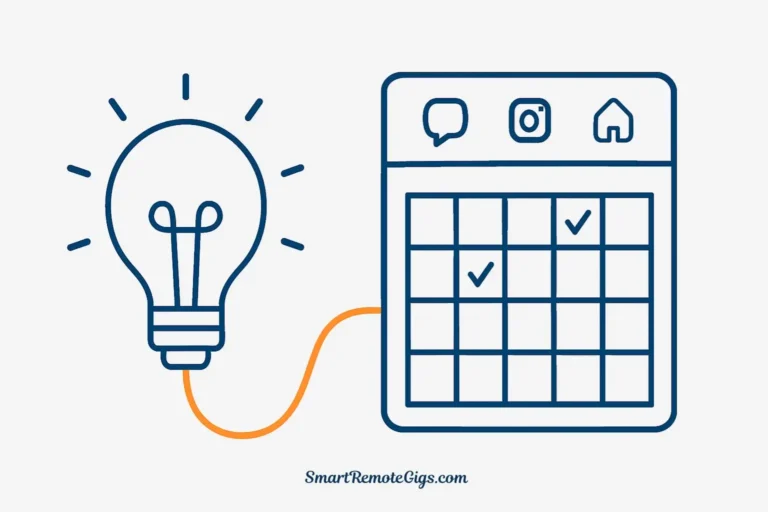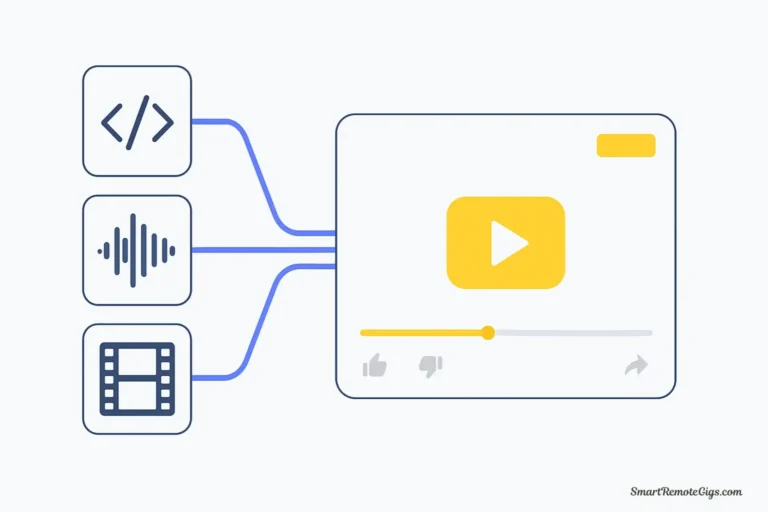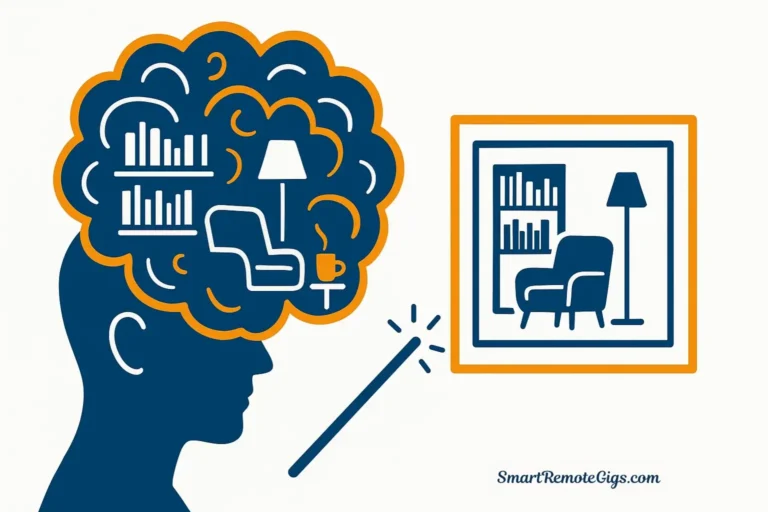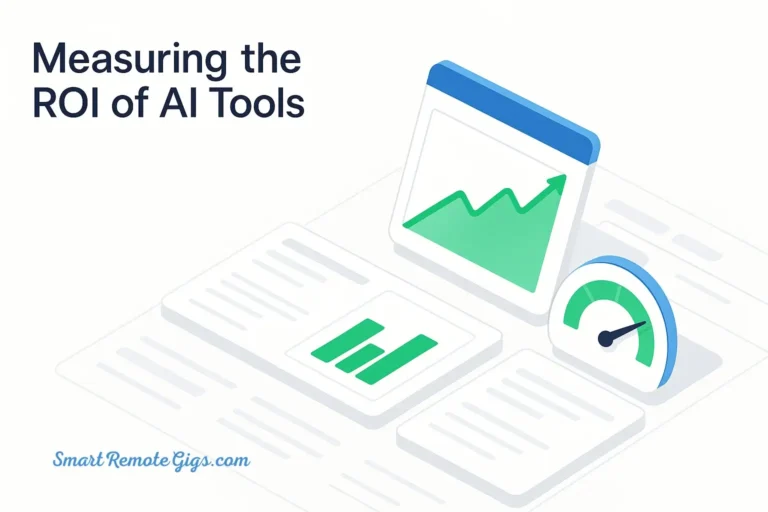The biggest game-changer in content creation isn’t better ideas or writing skills—it’s speed. While traditional blog writing can take 3-5 hours, AI has collapsed that timeline dramatically. Today, I’m going to show you a proven workflow that teaches you how to use AI to write a blog post in just 30 minutes.
This isn’t about cutting corners or sacrificing quality. It’s about leveraging artificial intelligence as your research assistant, first-draft writer, and creative partner while you focus on what humans do best: strategic thinking, fact-checking, and adding personality.
Here’s what you’ll need before we start:
- A blog post topic idea (even a rough one works)
- An AI writing tool see our comprehensive rankings of the best AI writing tools if you need recommendations)
Ready? Let’s turn 30 minutes into your most productive AI content creation workflow ever.
The 30-Minute Workflow: A Step-by-Step Guide
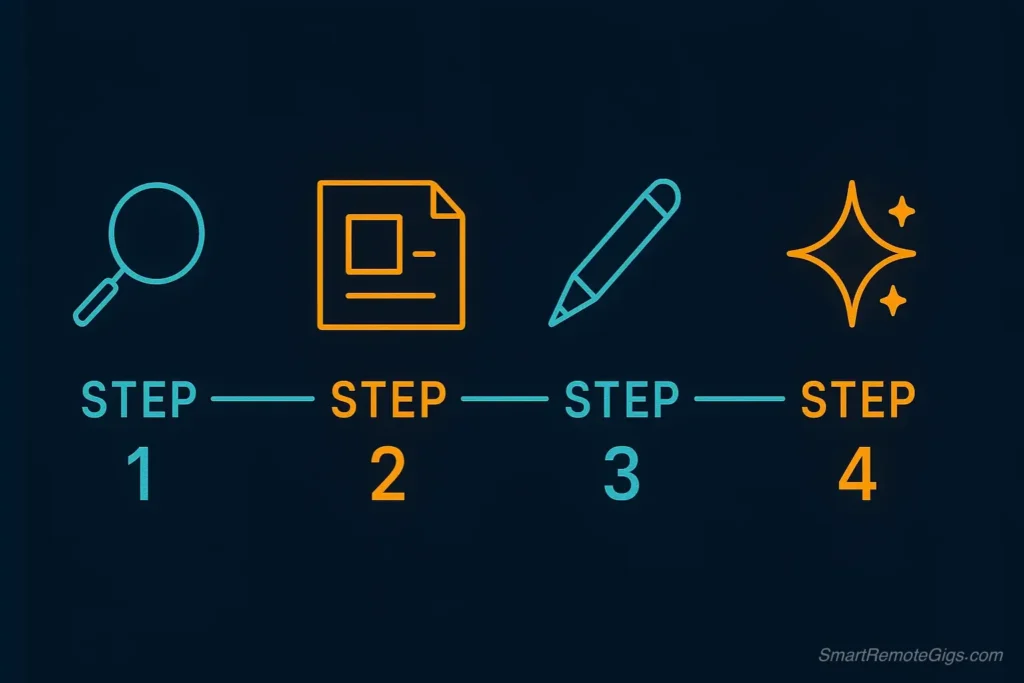
Minutes 0-5: AI-Powered Research & Title Generation
Start your timer. The first five minutes are all about intelligence gathering and direction setting.
Step 1: Generate audience questions and key insights
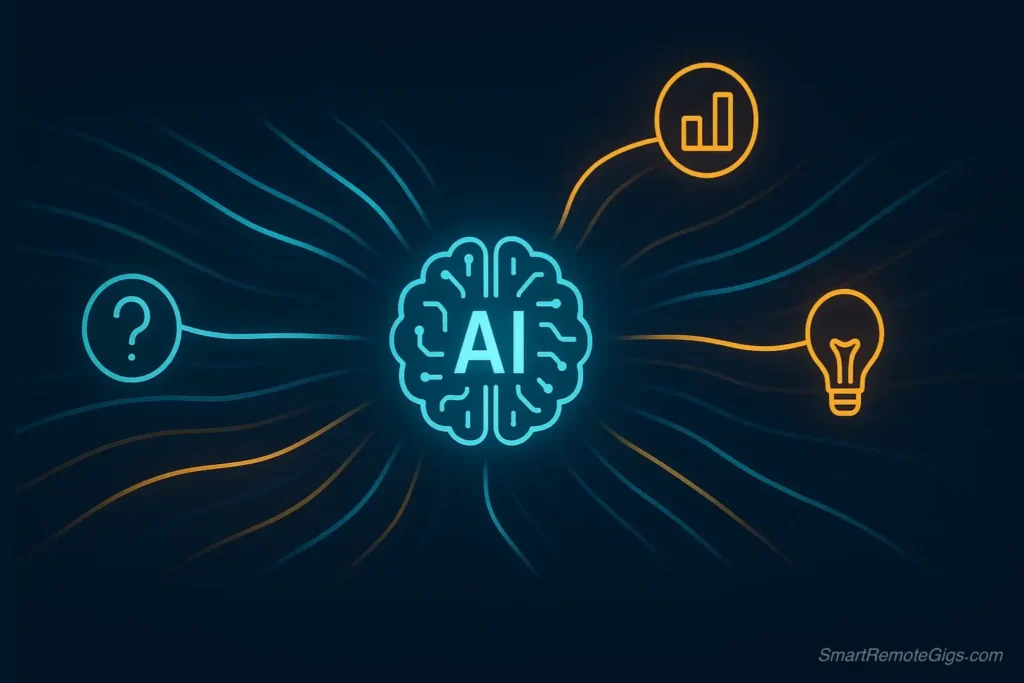
Feed your AI writing assistant this research prompt:
Topic: [Your blog post topic]
Please provide:
1. 8 questions my target audience would ask about this topic
2. 5 key statistics or data points to include
3. 3 common misconceptions to address
4. 5 compelling blog post titles that would make people clickExample output for “email marketing automation”:
Questions:
. How do I set up my first automated email sequence?
. What’s the difference between drip campaigns and behavioral triggers?
. How often should automated emails be sent?
Statistics:
. Automated emails generate 320% more revenue than non-automated emails
. 75% of email revenue comes from triggered campaigns
. Welcome emails have a 91.43% open rate
Misconceptions:
. “Email automation is only for large businesses”
. “Automated emails feel impersonal”
. “You need expensive software to get started”
Titles:
. “Email Marketing Automation: The Complete Beginner’s Guide for 2026”
. “How to Set Up Email Automation That Actually Converts (Step-by-Step)”
. “From Zero to Automated: Build Your First Email Sequence in 30 Minutes”Step 2: Select your winning title
Choose the title that best matches your audience’s search intent and your content goals. For this example, we’ll go with “How to Set Up Email Automation That Actually Converts (Step-by-Step).”
Time check: You should be at the 5-minute mark with your research foundation and title locked in.
Minutes 5-10: Creating a Comprehensive Outline
Now we’ll build the skeleton that will support your entire post using AI for blogging.
Step 3: Generate an SEO-friendly outline
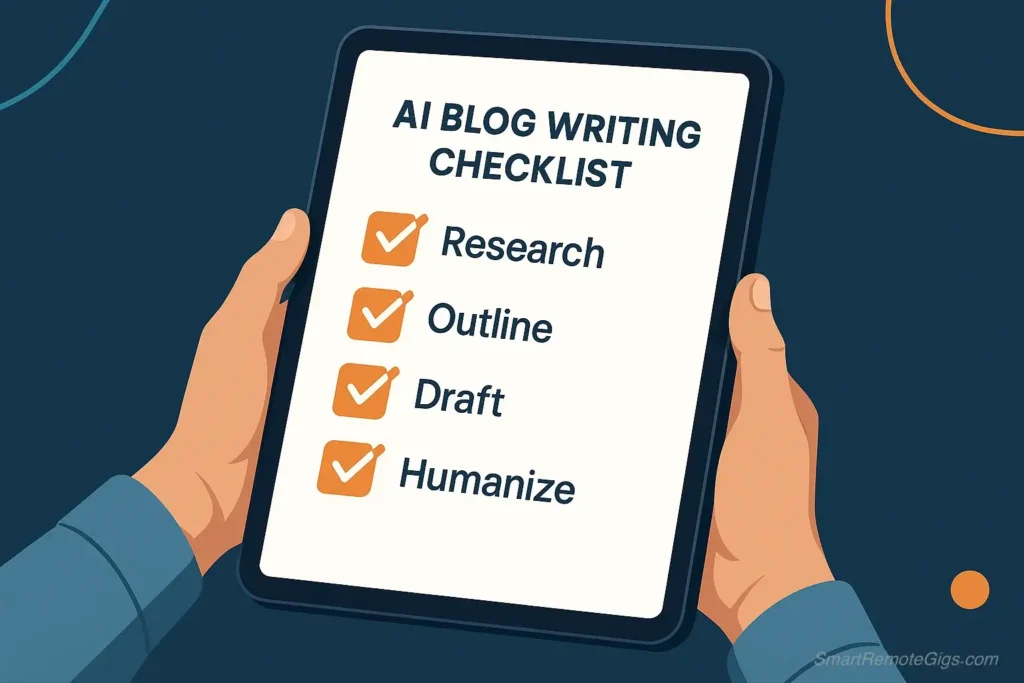
Use this proven outline prompt:
Topic: [Your chosen title]
Target audience: [Your specific audience]
Create a detailed blog post outline including:
1. An engaging introduction hook
2. 4-6 main H2 sections with 2-3 H3 subsections each
3. A FAQ section with 4 relevant questions
4. A conclusion that includes a clear call-to-action
5. Suggested word count for each section
Focus on search intent and make it scannable for busy readers.Example AI output:
Introduction (200 words)
. Hook: Email automation success story
. Problem: Manual email management is time-consuming
. Solution preview: Step-by-step automation setup
H2: Email Automation Fundamentals (300 words)
. H3: What is email automation?
. H3: Why it matters for your business
. H3: Common automation types
H2: Setting Up Your First Automated Sequence (400 words)
. H3: Choosing your email platform
. H3: Defining your automation goals
. H3: Creating your trigger conditions
H2: Writing High-Converting Automated Emails (350 words)
. H3: Subject line best practices
. H3: Personalization strategies
. H3: Call-to-action optimization
H2: Testing and Optimization (250 words)
. H3: A/B testing automated sequences
. H3: Key metrics to track
. H3: Common optimization mistakes
FAQ Section (200 words)
. How long should my automated sequence be?
. What’s the best time to send automated emails?
. How do I avoid spam filters?
. Can I automate social media emails?
Conclusion (150 words)
. Recap key steps
. CTA: Download email automation checklistTime check: You’re now at the 10-minute mark with a complete roadmap for your blog post.
Minutes 10-25: Drafting the Content, Section by Section
This is where the magic happens. You’ll systematically work through each outline section, letting AI handle the heavy lifting while you guide the direction.
Step 4: Write each section systematically
For each H2 section, use this content generation prompt:
Write a [word count] section for my blog post about [topic].
Section title: [H2 title]
Key points to cover: [List the H3 subsections]
Tone: [Professional but conversational]
Include: [Specific examples, actionable steps, or statistics]
Make it scannable with bullet points and short paragraphs.The prompts in this workflow are a powerful foundation for getting quality results quickly. When you’re ready to take your SEO to the next level, we’ve compiled a list of the top 5 AI prompts specifically engineered for generating high-ranking content.
Pro tip: Don’t edit as you go. Generate all sections first, then edit in the final phase. This maintains momentum and prevents perfectionism paralysis.
Example section output:
H2: Setting Up Your First Automated Sequence
Getting started with email automation doesn’t require a computer science degree or a massive budget. Here’s how to build your first sequence that actually converts.
Choose Your Email Platform
Popular options include Mailchimp, ConvertKit, and ActiveCampaign. For beginners, Mailchimp offers a free tier that handles basic automation. If you’re serious about conversions, ConvertKit’s tagging system and visual automation builder are worth the investment.
Define Your Automation Goals
Before building anything, answer these questions:
. What action should trigger this sequence?
. What’s the end goal? (Sale, download, engagement?)
. How many emails will you send?
. What’s your timeline between emails?
Create Your Trigger Conditions
Common triggers include:
. New subscriber (welcome sequence)
. Purchase confirmation (onboarding sequence)
. Cart abandonment (recovery sequence)
. Birthday or anniversary (retention sequence)Step 5: Generate supporting elements
Don’t forget these crucial components:
- Meta description: Use AI to create a compelling 150-character summary
- FAQ section: Generate from your initial research questions
- Conclusion: Include a clear next step for readers
Time check: You should be at the 25-minute mark with a complete first draft.
Minutes 25-30: The Crucial “Humanizing” Edit

This final step transforms AI-generated content into something authentically yours. It’s the difference between robotic content and content that builds trust and authority.
Step 6: The humanizing checklist
Work through this checklist systematically:
✓ Add personal experience or story
- Insert a brief personal anecdote or client example
- Replace generic examples with specific, relatable scenarios
✓ Fact-check and update
- Verify statistics and claims
- Ensure all links work and lead to reputable sources
- Check that advice is current and actionable
✓ Simplify language
- Break up long sentences
- Replace jargon with plain English
- Add transition phrases between paragraphs
✓ Format for readability
- Use bullet points for lists
- Add bold text for key phrases
- Include subheadings every 200-300 words
- Ensure paragraphs are 3-4 sentences maximum
✓ Optimize for search
- Include your target keyword naturally in the first paragraph
- Use semantic keywords throughout
- Ensure your title and meta description are compelling
Important note: Google’s algorithms are increasingly sophisticated at identifying AI-generated content. For detailed guidance on safely using AI content, check our guide that answers if Google can detect AI content and how to stay safe.
Time check: You’re now at the 30-minute mark with a polished, publication-ready blog post.
Example Post: See the Final Result
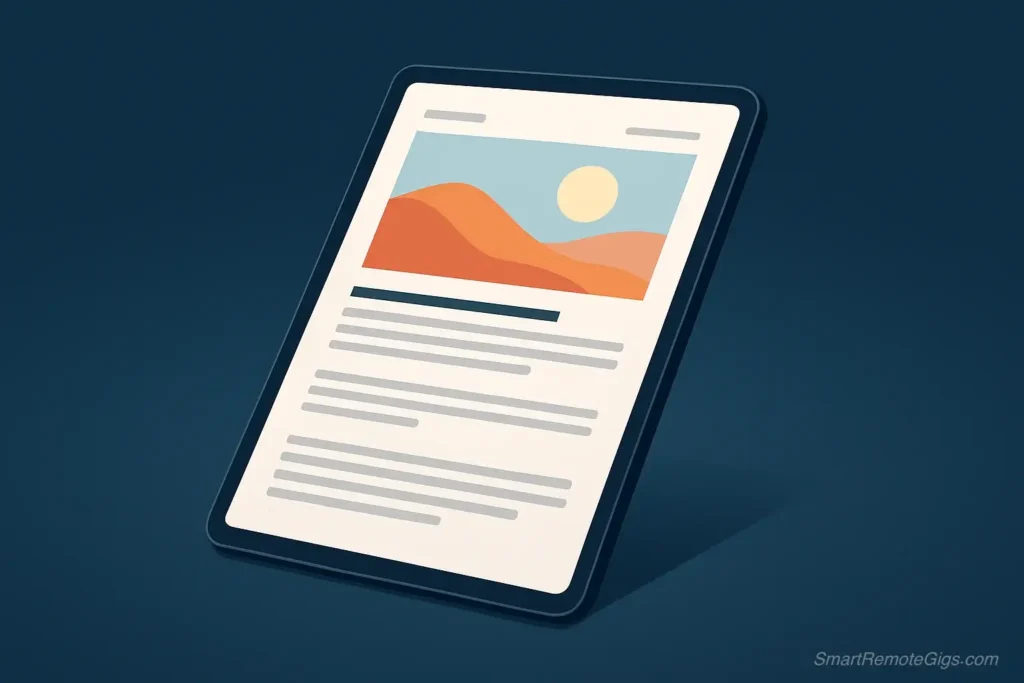
Here’s a 400-word excerpt from the blog post we created during this workflow tutorial:
Email automation isn’t just a time-saver—it’s a revenue multiplier. Last month, my client Sarah increased her course sales by 340% simply by implementing a five-email welcome sequence. The best part? Once set up, it runs completely on autopilot.
If you’re still manually sending individual emails to new subscribers, you’re leaving money on the table. Email automation allows you to nurture leads, build relationships, and drive conversions while you sleep. Here’s how to set up your first automated sequence that actually converts.
## Email Automation Fundamentals
Think of email automation as your 24/7 sales assistant. It triggers personalized messages based on subscriber behavior, ensuring the right message reaches the right person at the perfect moment.
### What is Email Automation?
Email automation sends pre-written emails automatically based on specific triggers or schedules. Instead of manually composing individual emails, you create sequences that respond to subscriber actions like signing up, making a purchase, or abandoning a cart.
### Why It Matters for Your Business
The numbers speak for themselves:
. Automated emails generate 320% more revenue than non-automated emails
. Welcome emails have a 91.43% open rate
. 75% of email revenue comes from triggered campaigns
More importantly, automation scales your personal touch. You can provide valuable content and timely responses to hundreds or thousands of subscribers without increasing your workload.Notice how this excerpt feels natural and conversational while maintaining the informative, actionable tone your audience expects. The personal story hook, specific statistics, and clear value proposition all work together to create engaging content that builds trust.
Conclusion: Speed with Quality
The 30-minute blog post workflow breaks down into four essential phases:
- Research & Titles (0-5 minutes): Generate audience insights and compelling headlines
- Outline Creation (5-10 minutes): Build a comprehensive, SEO-friendly structure
- Content Generation (10-25 minutes): Draft each section systematically
- Humanizing Edit (25-30 minutes): Add personality, verify facts, and optimize readability
Remember: AI is your co-pilot, not your autopilot. The technology handles the heavy lifting of research and first-draft creation, but your human insight, experience, and voice are what transform good content into great content.
The final human touch—that personal story, fact-checking, and readability optimization—is what separates content that gets skipped from content that gets shared.
Start with our comprehensive AI writing tools comparison to find the perfect tool for your workflow, then use this fast blog writing system to transform your content creation process. Your audience (and your schedule) will thank you.
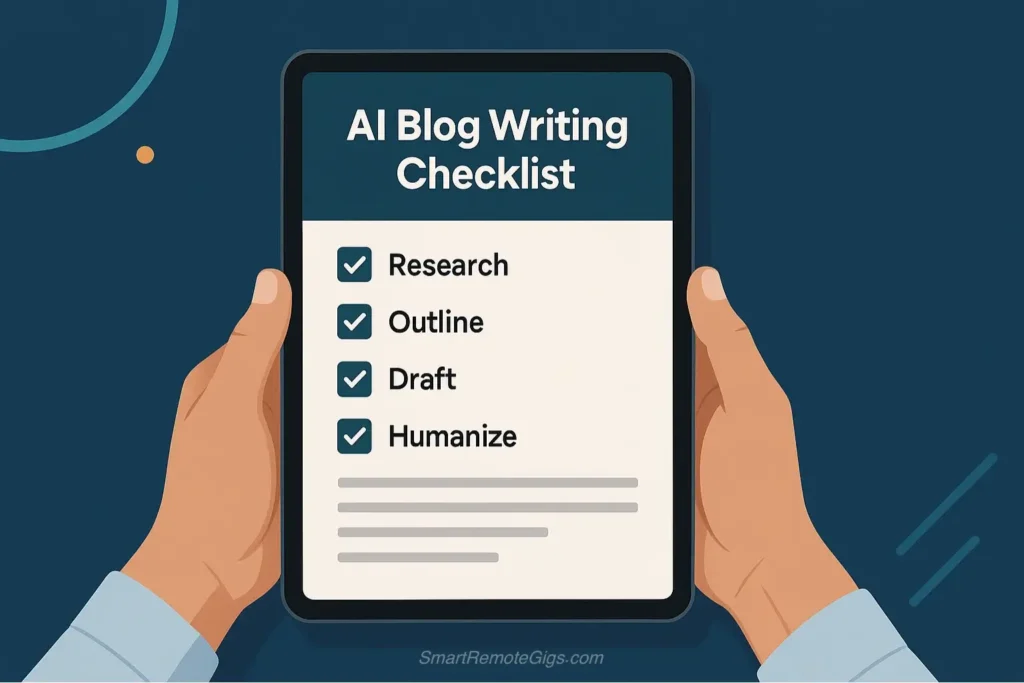
For advanced editing and grammar checking, we recommend integrating Grammarly into your final review process to ensure professional polish.
Ready to 10x your content speed? Download our free AI blog writing checklist and start creating high-quality posts in 30 minutes or less.

